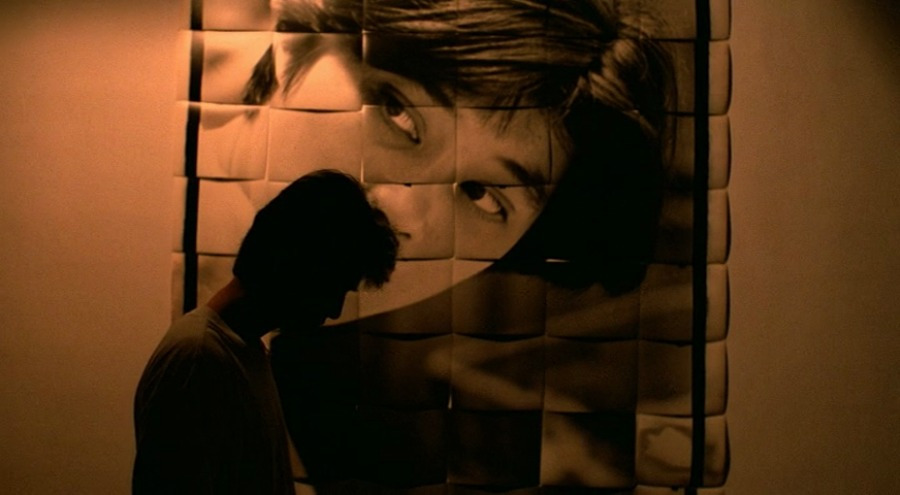
Great films come on the horizon and then get lost in time. Thankfully with all the platforms, retrospectives, and digital media options, we are able to see these films. Some were acclaimed upon release, and others were barely played in cinemas. Regardless, here are 10 hidden gems from the 1980s you might not know about.
1. Next of Kin (1984, Atom Egoyan)
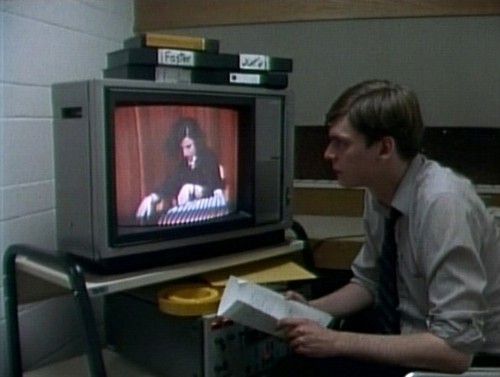
The debut of Canadian filmmaker Atom Egoyan deals with duality, family discord, and social integration on a whole new level. With a stark runtime of 70 minutes, no time is wasted as we see a naive 23-year-old young man delve into his fantasy world and therapy with his arguing parents – only to run away and intrude upon an immigrant family as their long-lost adopted son, taking the lessons from his family into his surrogate family.
Sure, a lot of themes and overlapping narrative are covered, but the storytelling, originality, and most importantly the human dynamic of opposite families in 1980’s Toronto make this film stand out. We see Egoyan honing his craft of conflicted, repressed souls across a city or barren landscape and the denial or confrontation they go about in fixing it. Certainly an ambitious film for a debut, but he wastes no frames in telling his story that sticks with you for days.
2. The Earthling (1980, Peter Collinson)
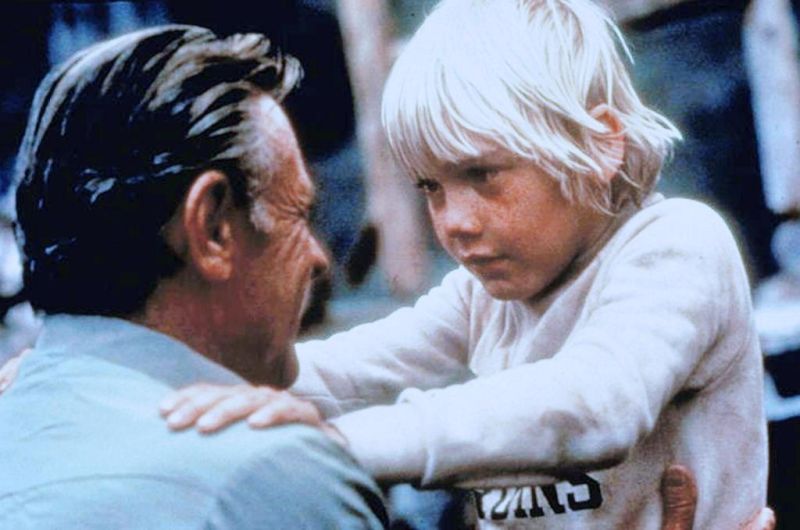
A heartfelt film about old age and confronting your past decisions only has more of an impact after Peter Collinson died from cancer shortly after this film; whereas William Holden, in his second to last film role before his own death, plays a man dying of cancer returning to his roots.
From the opening scenes of the reunification of a family despite bitter feelings to the ultimate passage of knowledge, grace, and tough love to a 10-year-old boy, the film has no shortage of emotional moments. As Holden returns to the Outback so he can die in the woods, he is faced with the dilemma of helping the young boy get out of the woods after his parents have died. Along the way, life lessons are learned and taught in almost a dreamlike manner. The film has that ‘suicide forest’ feeling as Holden seems to confront his own inner demons.
Collinson and Holden didn’t know how the next year of their own lives would play out, but something about this film feels like an unintentional swan song. Regardless, it’s a dramatic film not to be missed for the beauty of humanity and nature.
3. Daughter of the Nile (1986, Hou Hsiao-hsien)
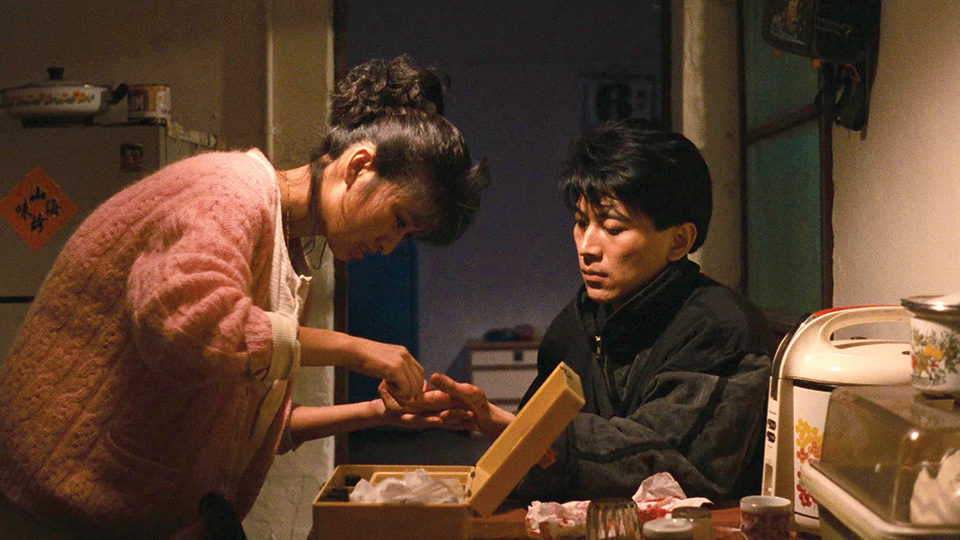
Coming out of the Taiwanese Wave in the 1980s, Hou Hsiao-hsien continued on his streak with this ennui, malaise of lost people in Taipei. Originating from the title, it interweaves with Egyptian literature that adds layers of struggling characters into the film.
From the Kentucky Fried Chicken employee Lin Hsiao-yang’s (Lin Yang) struggles of finding herself while caring for her two younger siblings, we get a portrait of a young woman trying to figure things out. In the pop music scenes under the neon-fused 1980’s lights and dance clubs, the loneliness, isolation, and overall dissatisfaction comes to the surface.
Hou manages to capture a changing Taiwan, much like his fellow naive filmmakers, without sacrificing his prowess of characters lost in the modern world. Take any scene where Yang listens to music and then intercuts with Egyptian mythology – it’s a film that lingers like a flowing river in your mind after it’s over.
4. Coming Out (1989, Heiner Carow)
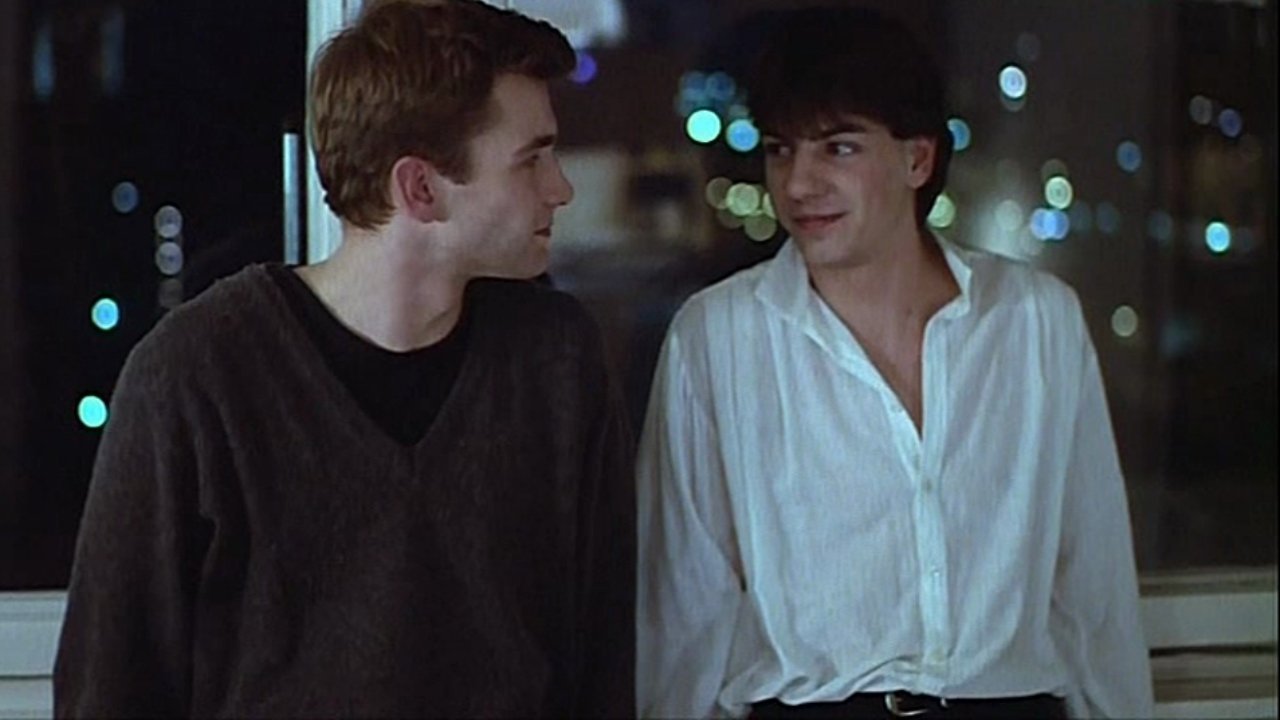
One of the last few films to come out of East Germany, but the first that deals with gay themed individuals. The film follows a high school teacher named Philipp, who has a wife and child, who discovers his true sexuality by having sexual affairs with men in the underground cruising sex scene before the fall of the Berlin Wall.
Its fragility, elegance, and sensitivity make this film standout. It’s not exploitative nor should it be labeled under a LGTBQ theme; but it’s a film about real people confronting their innermost true emotions. As Philipp learns more about himself and from others, including hearing a beautiful, heartfelt story of an elderly gentleman separated from his lover during the uprising of the Nazis, we see the true love of this film.
Sure, it was quickly disregarded and unseen for its subject matter, but the real subject is a man dealing with his own sexuality and rebirth of his true self. It’s a shame Philipp didn’t live in modern Berlin to be socially accepted, but this is how cinema can make that historical time come to life.
5. Cane River (1982, Horace B. Jenkins)
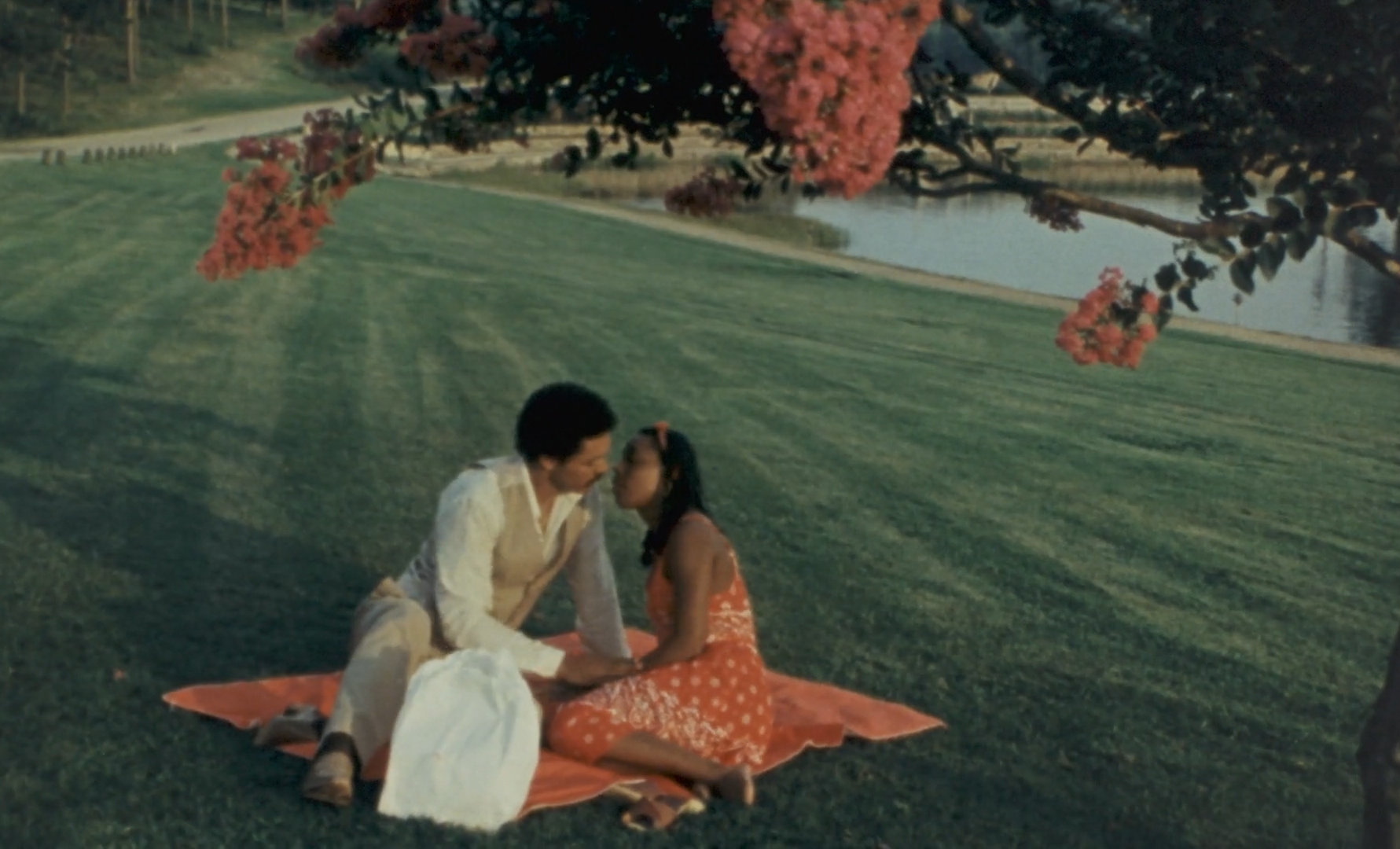
A truly independent film that came out north of the bayou and was never properly released, Horace B. Jenkins film explores black and Creole life in the south following a former football player returning to his hometown and his romance with a headstrong woman.
Combining a soulful musical score, real performances, and authentic on-set locations, it’s hard not to deny the energy and genuineness of the film. With a blissful romance on the horizon but with its problems of trying to leave the area to the battering amongst families, it really feels like a documentary but with a killer soundtrack, which can make up for some of the quotation book dialogue. In the end, this film is real.
Jenkins died shortly after the film was completed, which is a contributing factor to it not being widely seen. However, since time is the real test of cinema, we are fortunate to see this musical, culturally infused film on our radar today.